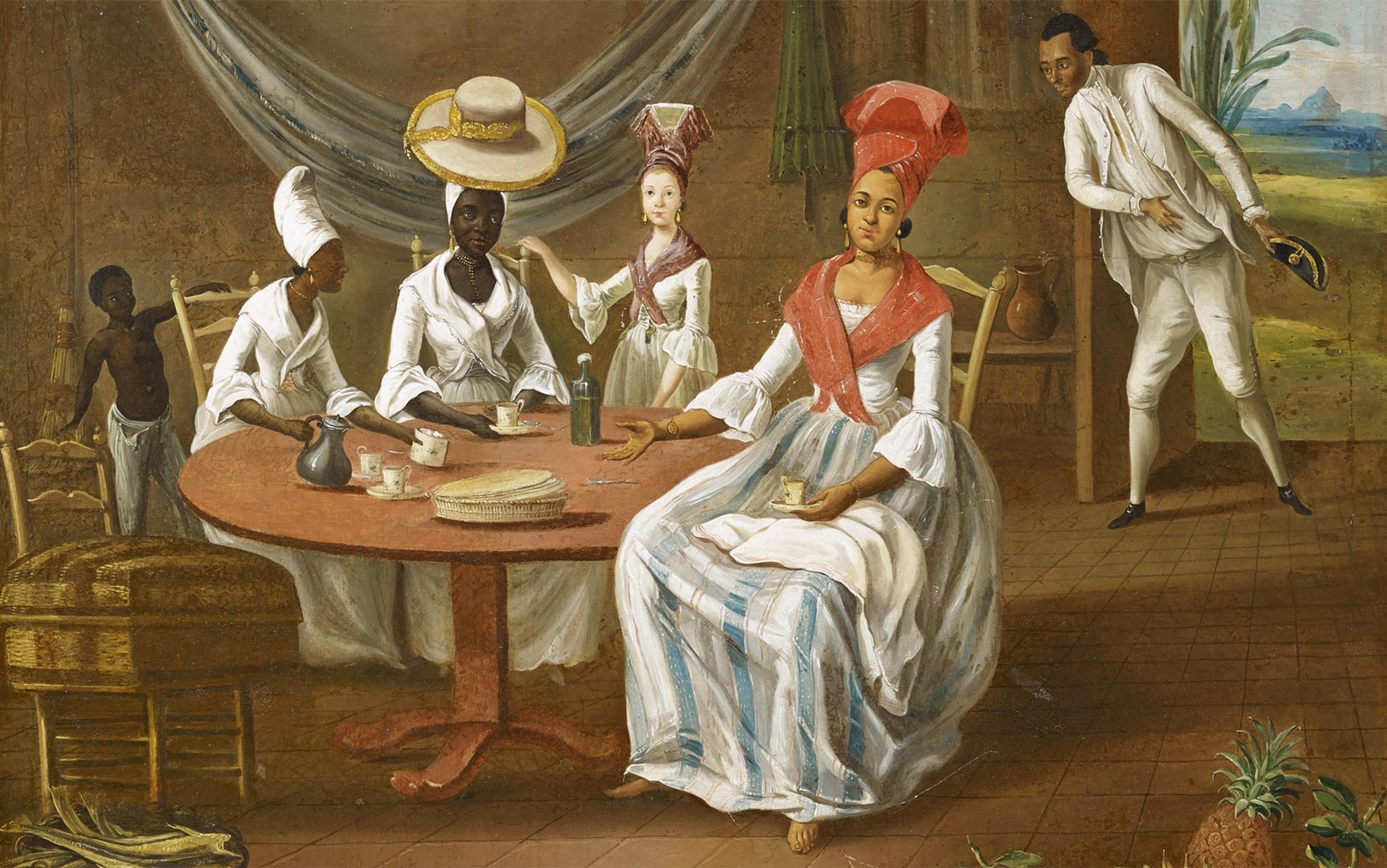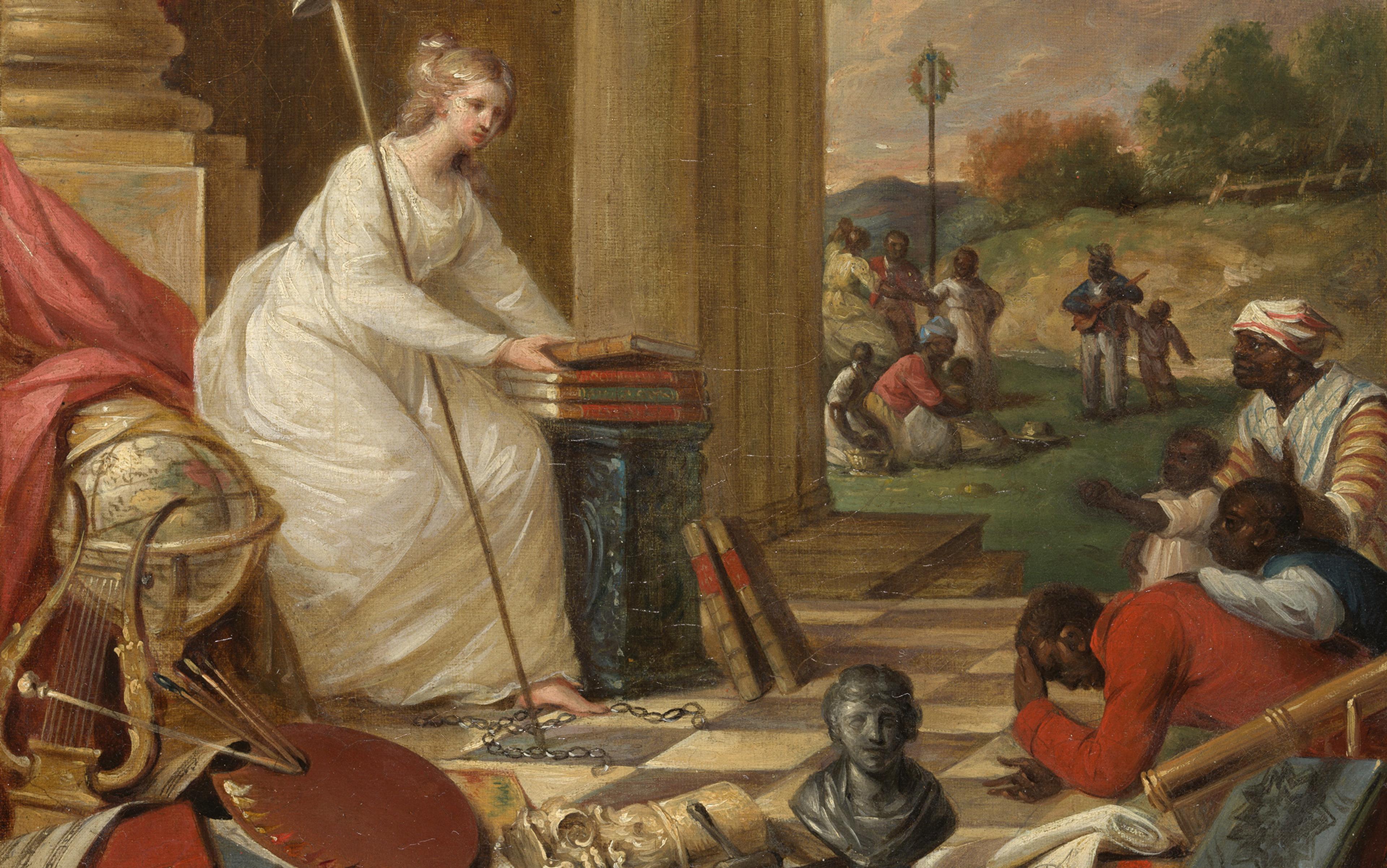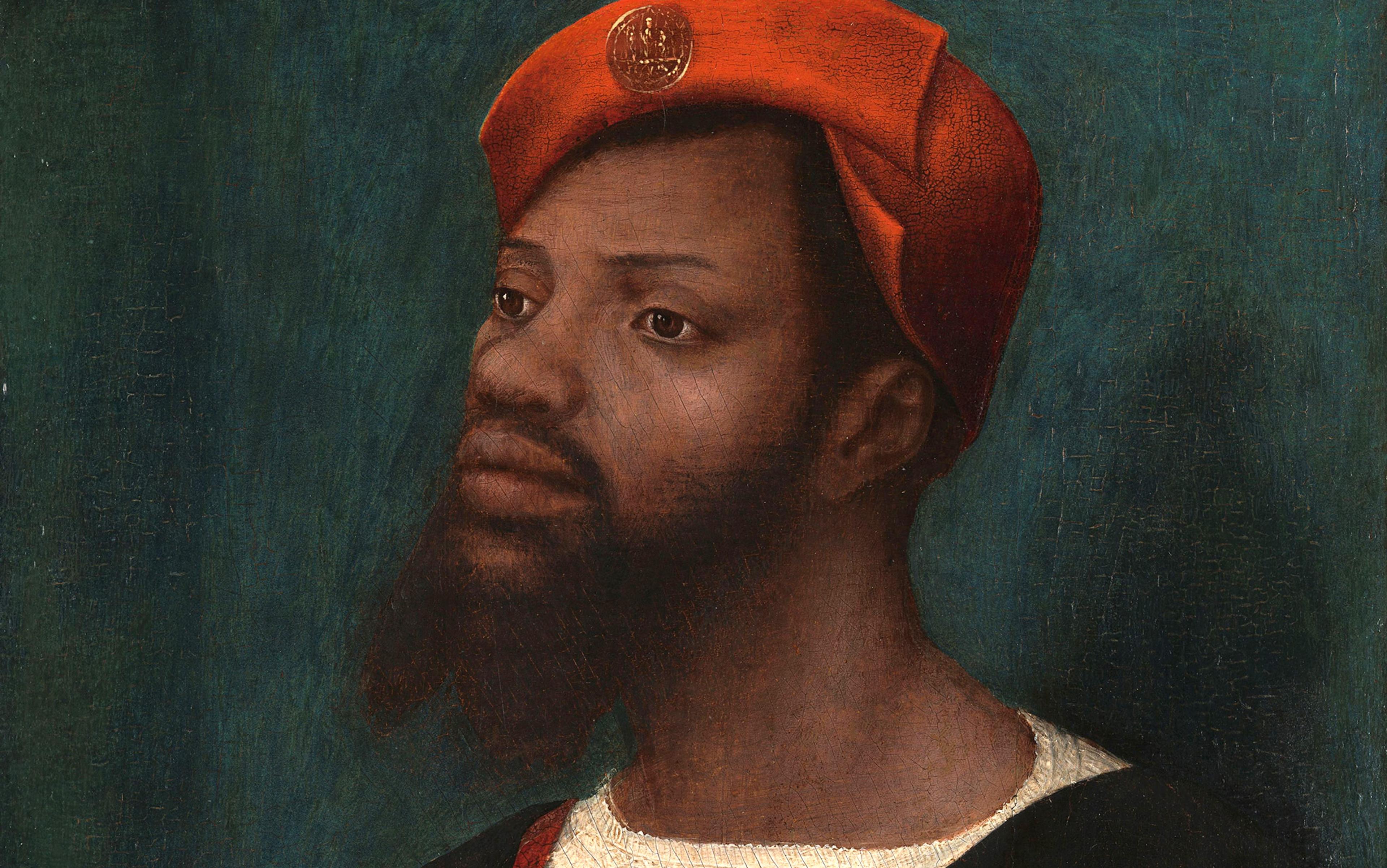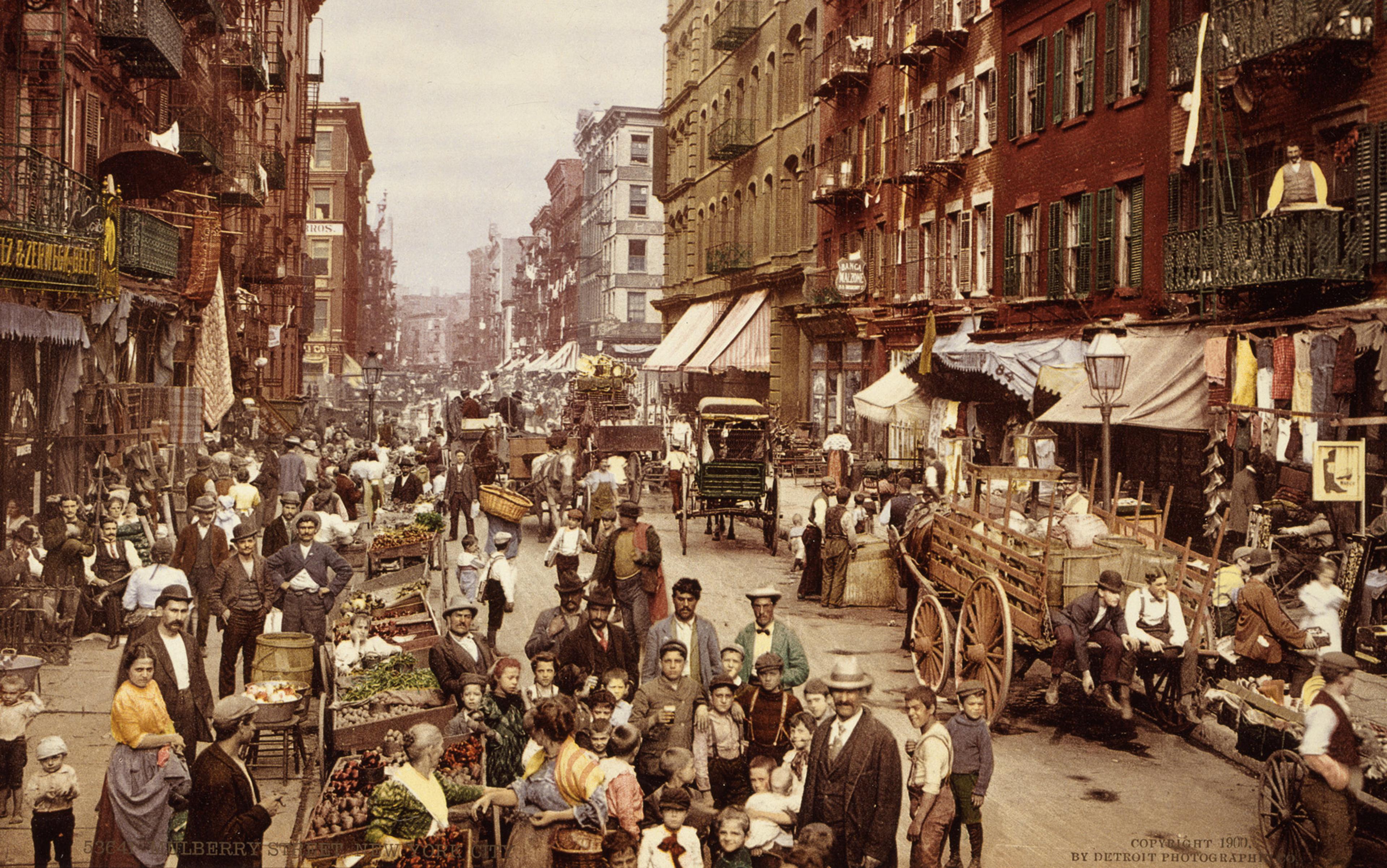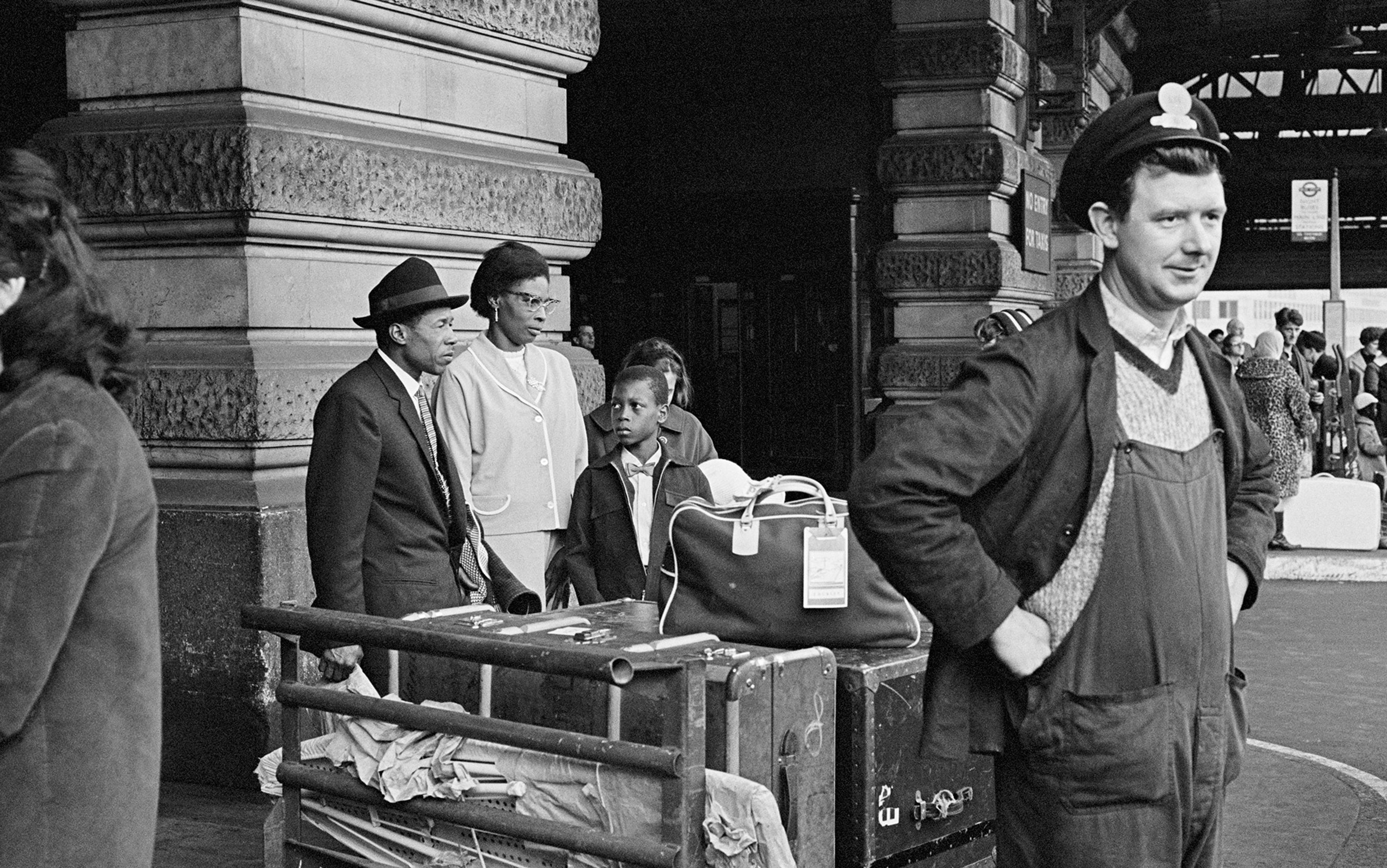In 1791, Julien Raimond published one of the first critiques of racial prejudice. Raimond was a free man of racially mixed ancestry from the French colony of Saint-Domingue (today the country of Haiti), and his essay ‘Observations on the Origin and Progress of White People’s Prejudice against People of Colour’ argued that legal discrimination against people of African origin resulted from psychological biases. Raimond’s work was the first sustained account of how racial prejudice operates – and how it might be eliminated. Today, the idea that unconscious biases permeate individual psychology, prompting discriminatory behaviours and perpetuating social inequality, is central to discussions of race in politics, academia and everyday life. But this idea was the product of a specific 18th-century moment, with surprising and troubling motivations behind it.
Raimond was an activist for the rights of people of colour. In 1789, he left his home in Saint-Domingue just before the outbreak of the French Revolution. He went to Paris to lobby the government to grant equal status to free people of African origin. In Paris, Raimond joined a circle of radical thinkers and politicians who believed that racial equality had to be part of the emerging Revolution. But Raimond was no opponent of slavery. On the contrary, while his allies argued for its abolition, Raimond insisted that racial equality and abolition of slavery had nothing to do with each other. The first page of his treatise claimed that a cabal of ‘white plantation-owners … have cleverly conflated the cause of people of colour with that of slaves’. Raimond, in fact, wanted to preserve slavery. He believed that eliminating racial prejudice would bring white and non-white slaveowners together in a united front against enslaved Africans. He drew on the pro-slavery arguments of white plantation-owners. Raimond’s idea that there is such a thing as ‘racial prejudice’ and that discrimination is rooted in this psychological phenomenon originated in these plantation-owners’ defences of slavery.
Raimond’s ideas strike many present-day readers as bizarre and hypocritical. After all, he pioneered modern critiques of racial prejudice while also defending slavery. Most people today presume that racism led to slavery, and that slavery and racism were practically synonymous. But in the 18th century, this was not so clearly the case. From Raimond’s perspective, as an 18th-century creole slaveowner, slavery and racism were distinct, and it seemed urgent to disentangle them. Slavery, after all, had existed for thousands of years, while modern racial discrimination, Raimond held, was something recent, contingent and reformable. Like many thinkers of his era (including many of the United States’ Founding Fathers), Raimond saw the world divided between an elite of propertied men and a servile mass of labourers. He saw that the power of a tiny elite would be more resilient if the privileged included people of different colours.
Raimond is familiar to historians of the Haitian Revolution, but has been otherwise eclipsed by Henri Grégoire, his renowned ally. Grégoire was a Left-wing French bishop who threw himself into the cause of revolutionary politics, advocating for the legal equality of French Jews (who suffered from many forms of discrimination before 1789) while also serving as an important member of abolitionist organisations in Paris. Part of a transatlantic network that included branches in the US and Britain, early abolitionists such as Grégoire laid the foundations for a campaign against the slave trade and the institution of slavery itself. Raimond, however, had other goals. Befriending Grégoire, he convinced the priest that improving the status of free people of colour would do more good than ending slavery. Raimond reoriented the activism of Parisian abolitionist networks in the first years of the Revolution. Drawing on the concept of ‘prejudice’, which had become a key concept of European philosophy and politics, he diverted attention from the issue of slavery and refocused it on racial discrimination, which he saw as a kind of psychological dysfunction.
As long as Europeans have practised imperialism and slavery, some Europeans have criticised these forms of domination and exploitation. In his essay ‘On Cannibals’ (1580), the French essayist Michel de Montaigne defended the rights of South American peoples against European invaders. The 16th-century Spanish priest Bartolomé de las Casas denounced Spain’s conquests in the Americas, which had left millions dead and millions more enslaved. But it was not until the late-18th century that an organised opposition to slavery and racial discrimination arose in the West. The values that marked the ‘Age of Revolutions’ and inspired political transformations across the Atlantic were also at work here. As thinkers increasingly imagined that there were natural rights shared by all people, and as sympathy for suffering became a dominant theme in European novels, plays and essays, slavery struck growing numbers of people as unacceptable. The first opponents of slavery in the West, however, did not analyse slavery as an institution linked to a set of unconscious beliefs and attitudes. Indeed, it was colonial slaveowners in Saint-Domingue who insisted that racial prejudice made slavery inevitable.
Saint-Domingue was the jewel of the French empire. The centre of the world’s sugar production, the colony was far more valuable than the vast tracts of land in North America that France had lost to Britain in the Seven Years’ War (1756-1763). While French officials could negotiate away Canada and Louisiana without batting an eye, they had clung to the priceless Saint-Domingue. A coveted colonial possession, Saint-Domingue was also home to one of the world’s most brutal systems of slavery. Of a population of nearly 600,000, half a million were slaves. Between the white planter minority and the majority of African slaves emerged a mixed-race community of free people known as gens de couleur or ‘people of colour’. Descendants of relations between white planters and Africans, members of this group rose to become wealthy members of colonial society – and slaveowners themselves. They faced barriers to official jobs and other signs of elite status, however, and lobbied the French monarchy for recognition of their legal equality.
White elites resisted sharing power with gens de couleur. By the 1770s, they developed a self-serving argument according to which giving equal rights to gens de couleur would undermine the system of slavery. As one official put it, the colonial state needed to disseminate a ‘prejudice’ by which inhabitants of the colony would believe that people with African ancestry were inherently inferior to Europeans. If African slaves saw free ‘people of colour’ enjoying equality with whites, they would be reminded that they were not by nature slaves, and that slavery was a political condition. Thus, in the words of a contemporary, ‘prejudice contributes to the peace of the colony’ because it manipulates enslaved peoples into believing that their enslavement results naturally from their own inferiority.
Raimond found a way to make the concept of racial prejudice a tool for the perpetuation of slavery
The justification of racial discrimination in terms of its supposedly positive effects on slaves themselves (who, it was said, would be more content with their enslavement if they believed it was natural) differs sharply from later justifications of slavery that would appear in the American South. There, as pressure from abolitionist groups and the fear of slave rebellions inspired slaveholders to adopt more radical positions, elites began to search for pseudo-scientific arguments that claimed enslaved African people truly were inferior to whites. French slaveholders of the late-18th century, in contrast, implicitly accepted the idea that African inferiority was a myth: they simply argued that the myth was useful. They held that the hierarchies of the slave system needed to be reinforced by patterns of thought and feeling through which all members of colonial society would automatically associate blackness with inferiority. Raimond would take their thinking a step further, finding a new way to make the concept of racial prejudice a tool for the perpetuation of slavery.
Before its appearance in the debate about slavery in the French colonies, ‘prejudice’ had become a prominent topic in debates across Europe. The modern idea that prejudice is a false opinion held without one’s being aware of it had developed only a few generations before. Until the 17th century, prejudice designated a category of preliminary decisions reached by a court on the basis of an intermediate degree of evidence. The change in the meaning of ‘prejudice’ began with the philosopher René Descartes (1596-1650), who insisted that rational thinking could take place only after getting rid of ‘preconceptions’ and ‘habitual opinions’.
Descartes’s approach spread across Europe. The Universal Dictionary (1690) defined prejudice as ‘a preoccupation of mind’ and referred the reader to ‘Descartes’s method’ for ‘curing oneself’ of it. Thinkers turned his formula for proper thinking into a tool of social critique. In his Essay on Prejudices (1770), the radical philosopher Paul-Henri Thiry d’Holbach attacked European monarchies as peddlers of prejudice, accusing them of disseminating false ideas in order to control the masses. This wave of attacks on ‘prejudice’ crested in 1789, with the beginning of the French Revolution. In the summer of that year, France’s new legislature, the National Assembly, abolished the feudal privileges of the aristocracy, a move seen by jubilant reformers as the death-knell of prejudice.
For abolitionists and anti-slavery activists, the moment seemed ripe to attack racial hierarchies, the ‘aristocracy of skin’. If nobles, whose superior status depended on their claims to superior ‘blood’ and ancestry, had lost their privileges, radicals thought it also time for white colonial elites to lose their own privileges based on racial origin. Certainly, white slaveholders feared the logic of revolution. Having insisted in the years before the Revolution that slavery was linked to prejudice against people of African descent, their position in France’s changing political culture, in which ‘prejudice’ of all sorts was condemned, seemed untenable. But while a few abolitionists sensed that it might be possible to attack slavery as an expression of prejudice, Raimond took the initiative. He drafted the first analysis of racial prejudice as a sociological and historical phenomenon, and insisted that it would be ‘neither difficult nor dangerous’ to eliminate it. Yet as he attacked the ‘endless lies by which the white colonists confuse the National Assembly’, he used white plantation-owners’ ideas in order to redefine the colonial slave system, one in which slaveholding elites of African and European origins would rule together.
Raimond’s theory of prejudice was sophisticated. In contrast to social reformers such as d’Holbach or pro-slavery colonial elites who had attacked or defended unconscious psychological bias, he saw prejudice as something more than a form of irrational thinking that could be instilled in people by political leaders. Positing racial prejudice as a distinct form of mental activity, he analysed how bias against people of colour emerged through social interactions. Raimond’s Observations on the Origin and Progress of White People’s Prejudice against People of Colour (1791) included many claims that were self-serving and untrue, but it was nevertheless a groundbreaking work in the history of ideas – and one whose disturbing historical significance is largely ignored today.
Developing a genealogy of racial prejudice in Saint-Domingue, Raimond began with a study of the colony’s history. He noted that, in the early 18th century, during the first generations of the colony’s existence, almost all the white settlers who travelled to the colony had been men. They had married African women. They – and the French state – acknowledged these relationships. They freed and recognised their mixed-race children, setting them up as plantation-owners in their own rights. A mixed-race property-owning class emerged, equal in rights and wealth to their white neighbours and relatives. By the 1760s, however, white colonists increasingly saw free people of colour as a threat to access to land and capital in a colony that was increasingly crowded, filled with recent immigrants from France seeking to become rich. Using racial difference as a weapon in their economic struggle, white colonists began to impose discriminatory legislation against mixed-race people.
Raimond’s story about the rise of discrimination against free people of colour echoes most historians’ accounts today as far as the facts go, but his explanation of why discrimination began would find little scholarly support. His account of racial prejudice was rooted in a social psychology steeped in misogyny. He argued that the arrival of poor white women from France overturned the relative equality among slaveowners of European and mixed ancestry in Saint-Domingue. Coming to Saint-Domingue in search of rich husbands, they spurned free men of colour and resented white colonists’ preference for mixed-race heiresses. Through their feminine wiles, they turned the white men of Saint-Domingue against free people of colour, excluding the latter from a range of offices and honours. In Raimond’s view, colonial racial prejudice was a recent development caused by sexual tension and competition. The good news, he thought, was that keeping white women out of the colony and promoting interracial marriage would end prejudice. Through such a strategy, ‘in 20 years, I dare to predict, prejudice will be erased’.
While criticising white women as proponents of prejudice, Raimond was nearly silent about the enslavement of African people. He did not try to justify slavery in explicit terms, and seems to have taken its existence as a given. In some of his later writings, such as the pamphlet Reflections on the Real Reasons for the Problems and Disasters in our Colonies (1793), he laid out his vision of a ‘reformed’ slavery. He argued that the condition of enslaved peoples should be ‘improved, in such a way that it neither destroys our trade nor causes any individual persons’ business to suffer’. What this would mean in practice remained unclear, but the timing of these remarks is revelatory. Raimond was prepared to grant vague concessions to the enslaved peoples of the French colonies in 1793 – when Saint-Domingue was in the midst of a massive slave revolt. He had not been prepared to do so in 1791, when plantation-owners still controlled colonial society. Even in 1793, he insisted that the French government had to ‘impose order and restrain the rebel slaves’ before it could make any compromises. Nor would these include the end of slavery itself, since, as he put it, slaves were ‘easy to mislead’ and not intellectually equipped for freedom. Slavery, he assumed, would live on long after racism had died.
Treating racism as a quantifiable, curable problem can mean ignoring objective factors that drive conflict
Raimond dreamed of a world where the line between the privileged few and the exploited majority was drawn by access to wealth and property rather than by race. In the tumult of the Age of Revolutions, when old regimes were crumbling from the colonial Americas to the courts of Europe, his scheme did not appear particularly outlandish. His emphasis on sexuality as a tool for social change would not have shocked colleagues such as Grégoire, who developed his own schemes for eliminating racial discrimination through the promotion of mass interracial coupling. Raimond’s ideas found little foothold in Saint-Domingue, where the slaveowning elites of colour whose interests he championed fared poorly. Caught between a hostile rebel slave army and suspicious white planters, the slaveowning creole elite were unable to turn events to their advantage. Raimond’s idea of racial prejudice, on the other hand, grew into a cornerstone of modern thinking about race. Allies such as Grégoire took up the argument that Europeans’ discriminatory treatment of people of African origin was rooted in unconscious, irrational bias. Although Raimond himself had of course opposed abolitionism, the anti-slavery activists soon condemned discrimination against free people of colour and enslavement of Africans alike as expressions of racial prejudice. Raimond’s insistence on the importance of unconscious bias remains central to contemporary US society, where the struggle to quantify prejudice sometimes supersedes struggles against inequality.
The concept of racial prejudice offers an explanation for an apparent paradox of US politics in the post-Civil Rights era. Since the 1960s, and notwithstanding the resurgence of white nationalism, open displays of racial bias have become increasingly uncommon and taboo in the US. Americans believe themselves to be less racist than ever before, with researchers noting a ‘decline in self-reported racial prejudice’. Yet even as Americans express anti-racist values, there remain stark racial disparities in income, access to healthcare and education, and a host of other measures of wellbeing. It therefore seems that we must explain, as the philosopher Eric Mandelbaum put it in 2016, ‘how a group of explicitly egalitarian people can still make biased group decisions’. By invoking racial prejudice, social scientists, politicians and activists can account for enduring inequalities in the US, presenting them as effects of unconscious biases that can be revealed, assessed and perhaps eliminated through sophisticated psychological techniques.
Efforts to measure and reduce racial prejudice have become particularly visible in public life since the 1980s, in large part through the work of Anthony Greenwald, who invented the implicit-association test in 1998, and Mahzarin Banaji. Yet social scientists’ ambitious goals have not been achieved. Research finds a ‘tenuous relationship’ between measurements of bias and real-world behaviour. While critics challenge efforts to quantify unconscious racism as unscientific, pundits complain of sensationalism. Claims that prejudice lurks everywhere, even in the minds of babies (in 2009, Newsweek asked ‘Is Your Baby Racist?’), strike conservative pundits as ludicrous overreach. Critics come from the Left, too. The South African psychologist Buhle Zuma notes that research on prejudice narrowly pursues ‘an abstract concept, used as a proxy for what happens in people’s minds’. The sociologist Orlando Patterson argues that discussions of bias are a ‘devious substitute’ for social progress, derailing questions about how to promote ‘civility and tolerance’ with ‘invasive’ investigations of people’s hidden prejudices. Treating racism as if it were a quantifiable and curable problem that should be addressed in psychological terms can mean ignoring objective factors that drive conflict between groups, the material advantages that accrue to those who benefit from unequal structures, or the practical steps that might improve public life.
For Raimond, the founder of the modern concept of racial prejudice, this was indeed the goal. While it has long been used as a tool of activism and protest against social and economic inequalities linked to race, Raimond intended his analysis of racial prejudice to attack racism without affecting inequality. He hoped that bias against people of African origin could be exposed and uprooted from French colonial society without altering its fundamental social and economic institution: slavery. Once racial prejudice was gone, Raimond imagined, there would be little change in the status of the enslaved Africans of Saint-Domingue, while a racially diverse elite would justify its power on the grounds of intellectual, rather than racial, superiority. Raimond’s ideal world, where new forms of hierarchy make racism obsolete, is not the one we live in. But as long as our own conversations about race and inequality hinge on unexamined concepts, we risk moving towards his grim utopia.
The quotations from Julien Raimond’s essay ‘Observations on the Origin and Progress of White People’s Prejudice against People of Colour’ (1791) are from a translation by Blake Smith.
